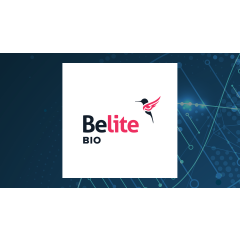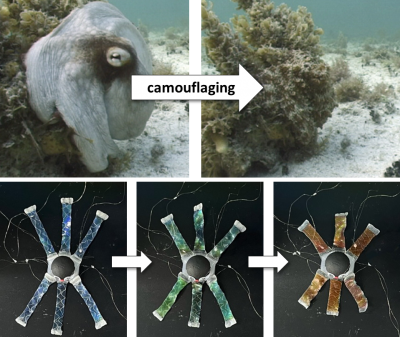A new machine-learning technology developed by a research team in South Korea aims to enhance drug safety by predicting potential toxicity in humans before clinical trials. Led by Professor Sanguk Kim from the Department of Life Sciences and the Graduate School of Artificial Intelligence at POSTECH, the team has created a model that utilizes differences in biological responses between humans and animal models to identify drugs that may pose risks.
This innovative approach addresses a significant issue in drug development. Historically, drugs that appear safe during preclinical testing often result in severe adverse effects when administered to humans. A notable example is the immunotherapy TGN1412, which caused a cytokine storm within hours of administration, leading to multiple organ failure. Similarly, the stroke drug candidate Aptiganel was effective in animal models but was abandoned in human trials due to severe side effects, including hallucinations and sedation.
Machine Learning Bridges the Translation Gap
The research team focused on what they term the “Genotype-Phenotype Difference” (GPD), which refers to the biological differences that exist between human cells and those of animal models. Their study analyzed how genes targeted by drugs behave differently in humans compared to preclinical models. They assessed three critical factors: the impact of gene perturbation on survival, gene expression patterns across various tissues, and the connectivity of genes within biological networks.
To validate their findings, the researchers examined data from 434 hazardous drugs and 790 approved drugs. Their analysis revealed that GPD characteristics were significantly linked to drug toxicity in humans. The predictive accuracy of their model improved markedly, with the area under the precision-recall curve (AUPRC) increasing from 0.35 to 0.63, and the area under the receiver operating characteristic curve (AUROC) rising from 0.50 to 0.75.
Moreover, the model demonstrated practicality in “chronological validation,” accurately predicting drugs that may face market withdrawal due to toxicity. When trained on data only up to 1991, it achieved a remarkable 95% accuracy in identifying drugs expected to be withdrawn after that date.
Implications for the Pharmaceutical Industry
The significance of this study lies in its potential to bridge the “translation gap” between preclinical and clinical trials. By quantifying the biological differences between animal models and humans, pharmaceutical companies can identify high-risk candidates early in the development process. This proactive screening could lead to reduced development costs and improved patient safety.
Professor Sanguk Kim emphasized the novelty of this research, stating, “This is the first attempt to incorporate differences in genotype-phenotype relationships for drug toxicity prediction. Our framework enables early identification of high-risk drugs in clinical development.” Co-first authors, Dr. Minhyuk Park and Mr. Woomin Song, expressed optimism about the model’s practical applications, noting that it will assist pharmaceutical companies in streamlining drug development processes.
The study is published in eBioMedicine, reinforcing the importance of integrating advanced technologies in modern drug development. As more data and annotations become available, the model’s effectiveness is expected to increase, further enhancing safety measures in clinical trials.
In conclusion, this groundbreaking research represents a significant step forward in the quest to make drug development safer and more efficient, ultimately benefiting both the pharmaceutical industry and patients worldwide.





































































